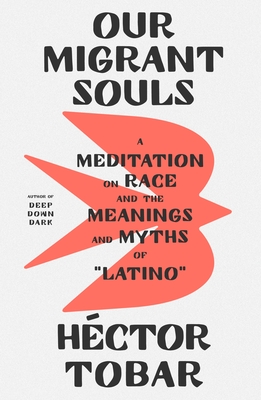Chapter 2: Walls
byChapter 2: Walls explores the intricate and evolving history of the U.S.-Mexico border, highlighting its transformation from a once open and unmarked landscape to a heavily fortified division. The author contrasts a time when the border represented vast, unbound territories, symbolizing openness, to the current reality where the border is a harsh, militarized structure designed to control immigration. The border is referred to as a “Death Star,” a metaphor that captures the imposing and defensive nature of these barriers, which are erected in the name of national security and immigration enforcement. This shift from an expansive, unguarded land to a tightly controlled and contested zone represents the deep societal and political changes that have occurred, especially in relation to immigration policies and the nation’s evolving perception of national identity.
The chapter begins by recounting the journey of a group of emigrants in the 1840s, led by a young man named Antonio. This group’s tragic westward journey into what was then Mexican territory is used to illustrate the prideful expansion of the United States. The events culminate in the infamous Donner Party tragedy, where extreme survival tactics, including cannibalism, revealed the grim reality of westward expansion. Antonio’s story serves as a powerful example of the extreme conditions faced by settlers and highlights the morally questionable aspects of American territorial growth, as well as the often overlooked interactions with Mexican and Native populations. The horrific choices made by the party underscore the complicated relationship between American settlers and the land they sought to control, while exposing the racial and cultural tensions that were part of this expansion.
The creation of the U.S.-Mexico border is described as a result of expanding territorial ambitions, with the boundary initially marked by simple obelisks before becoming fortified by walls and fences. This transformation symbolizes a shift from a physical marker to a complex and militarized zone, driven by the fear of “otherness”—particularly in relation to Latino immigrants. The chapter illustrates how this fear of the “other” is rooted in a long history of exclusion and racism, which has been perpetuated through American policies toward Mexican and other Latin American populations. The evolving border, once a mere geographical line, has become a symbol of cultural division, mirroring a broader societal trend of racialized fear and exclusion, especially regarding the rising Latino presence in the U.S.
As the narrative unfolds, it delves into the contradictions inherent in U.S. identity. The nation has historically relied on immigrant labor to build its economy, yet at the same time, it has fostered a sense of fear and hostility toward the very immigrants who make up its labor force. This paradox is evident in laws such as the Chinese Exclusion Act of 1882 and the more stringent immigration restrictions imposed after the Immigration and Nationality Act of 1965. These policies underscore the ongoing tension between the need for immigrant workers and the desire to protect the national identity, which is often framed in opposition to immigration. The chapter calls attention to the fact that while the U.S. depends on immigrant labor for economic success, it simultaneously seeks to regulate, restrict, and control the flow of immigrants, reflecting a deep-seated contradiction within the nation’s policies and social attitudes.
The chapter also brings attention to the personal experiences of individuals like Gloria Itzel Montiel, whose story highlights the struggles of undocumented immigrants navigating life in a society that has built walls both physical and metaphorical. Montiel’s journey encapsulates the emotional and social complexities of being an undocumented immigrant, constantly caught between the need to survive and the desire to be recognized as part of the larger community. The narrative highlights how the experience of living with the border—both as a literal barrier and a symbol of societal exclusion—shapes the identity of those living in its shadow. For Montiel and others in similar situations, the border is not just a physical separation but a constant reminder of the racial, cultural, and social divides that persist in U.S. society.
In conclusion, the chapter reflects on how the U.S.-Mexico border serves as both a physical and ideological barrier, deeply influencing the way race, identity, and immigration are understood in the United States. The author argues that the border is not just a geographical boundary but a representation of the deep divisions in society, particularly between white Americans and immigrant communities. These divisions are not only about legal status but also about cultural and racial identities, highlighting the persistence of exclusionary practices that have been a hallmark of U.S. history. By examining the impact of the border on individuals like Montiel, the chapter calls for a reassessment of how borders are used to define identity and belonging, urging a more inclusive approach to the complex issues of race and immigration in the United States. Ultimately, the border becomes a symbol of both the physical and psychological barriers that continue to shape U.S. society and its understanding of who belongs and who is excluded.

